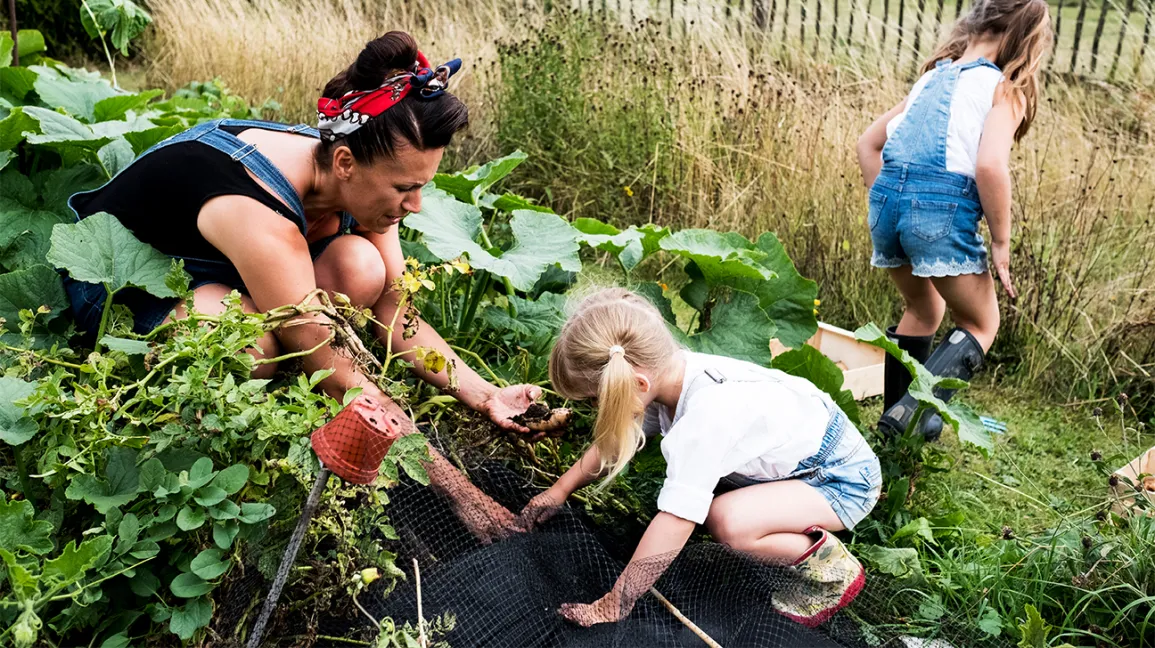Child Behavior Management
Decoding Child Behavior: Patterns and Insights
Advertisement
1. The Language of Behavior: Communication Beyond Words
A child’s behavior is a language in itself, expressing his opinions and emotions. Young people, especially in their early years, may not use jargon to express their feelings but instead rely on cues, appearances, and activities to express their inner world. By paying explicit attention to these nonverbal cues, guardians can obtain important information about their child’s individual status.
As young people begin new formative internships, knowing the signs becomes even more important. For example, young children often show advanced articulation, going from giggling to tears in just a few minutes. By observing these changes close to home, guardians can respond with persistence and empathy, creating a safe atmosphere where children feel understood and respected.
2. Unraveling Behavioral Challenges: Causes and Solutions
a. Temper Tantrums: A Natural Expression
Tantrums are a natural part of child development and usually peak in early childhood. These emotional outbursts often stem from feelings of frustration, fatigue, or overwhelm. Parents can control tantrums by providing comfort, setting clear boundaries, and teaching simple emotion regulation techniques such as deep breathing or counting.
b. The Complicated Universe of Hatred
Children may show hostility for a variety of reasons, such as ignoring needs, having communication problems, or exhibiting behaviors they see in others. Addressing hostility includes helping youth choose ways to communicate ideas, share stress, empathize, and compromise.
3. Maintaining Positive Behavior: Comfort Techniques
a. Encourage the Power of Giving Back
Encouraging feedback can still be the best way to shape your child’s behavior. Direct demonstrations of praise, support, and reward for positive activities can give children security and motivate them to behave the way they want to in life. By focusing on encouraging feedback, guardians and teachers can build a child’s identity.
b. Confidence Limit
Children thrive with clear and predictable boundaries. Establishing age-appropriate principles and boundaries can help children master assumptions and develop a belief in all good things. Guardians and parents can maintain consistency by developing discipline strategies together to ensure a uniform approach.
4. Differentiating Social Problems: Early Mediation and Support
a. Recognize Warning Signs
Although children exhibit different ways of being, some examples may reveal underlying issues such as ADHD, problems with psychological imbalance, or nervousness. By recognizing these signs early, guardians and teachers can seek effective assessment and support, ensuring children receive appropriate accommodation tailored to their needs.
b. A Cooperative Approach that Provides Comprehensive Assistance
Coordinated efforts among guardians, mentors, and health care professionals form the foundation of a compelling emotional support network. Regular communication between these partners ensures a comprehensive understanding of the young person’s lifestyle, allowing tailor-made mediation to address their specific difficulties and qualities.
5. Developing Capacity to Understand Individuals at their Core: A Long-Lasting Expertise
a. Sympathy as the Establishment
Sympathy, the capacity to comprehend and talk about the thoughts of others, lies at the core of the ability to appreciate anyone on a profound level. Guardians and teachers can sustain compassion through exercises that energize point-taking, for example, narrating or participating in thoughtful gestures. By encouraging sympathy, guardians engage kids to explore social cooperation with empathy and understanding.
b. Versatility: Developing Inward Fortitude
Strength outfits kids with the ability to return from difficulty. Guardians can cultivate strength by empowering critical thinking, showing methods for dealing with stress, and offering everyday encouragement during testing circumstances. By sustaining strength, youngsters foster the certainty to confront life’s difficulties with boldness and assurance.
Conclusion:
All in all, deciphering young people’s conduct is a significant and merciful excursion. It requires undivided attention, persistence, and an immovable obligation to figure out the one-of-a kind necessities and feelings of every youngster. By embracing the complexities of young life conduct, guardians, parental figures, and teachers provide the fundamental platform whereupon kids fabricate their capacity to appreciate anyone on a deeper level, fearlessness, and interactive abilities.
As we set out on this excursion into the universe of kid conduct, let us remember that each conduct is a type of correspondence, a window into the youngster’s internal world. By moving toward these ways of behaving with interest, sympathy, and an open heart, we establish a climate where kids feel seen, heard, and esteemed. In this sustaining space, kids flourish genuinely as well as foster the strength and sympathy that will act as their directing lights as they explore the intricacies of the world.
FAQs:
1. Why is it important for parents and educators to understand children’s behavior?
Understanding your child’s behavior is crucial because it can provide insight into your child’s emotional and developmental needs. By interpreting their behavior, parents and educators can respond effectively and create a nurturing environment for healthy growth and learning.
2. How does positive reinforcement affect children’s behavior?
Positive reinforcement, such as praise and encouragement, can reinforce desired behavior in children. It increases their self-esteem, motivates them to repeat positive behavior, and strengthens the bond between parents, children, or teachers, creating a cycle of positive behavior.
3. What are some common signs that a child may need a professional behavioral evaluation?
Signs such as persistent aggression, extreme withdrawal, sudden changes in behavior, or problems with social interactions may indicate an underlying problem. If these symptoms persist despite parental or educational intervention, it is recommended to seek professional evaluation and support from a psychologist or behavioral therapist.
4. How do parents and educators work together to address behavioral problems?
Collaboration between parents and educators is crucial. Regular communication, sharing observations, and working together to implement consistent discipline techniques create a unified approach. This teamwork ensures that children receive consistent guidance, resulting in more effective behavioral outcomes.
5. How can parents cultivate empathy and resilience in their children?
Parents can promote empathy by encouraging activities that promote understanding the feelings of others, such as storytelling or volunteering. To build resilience, parents can teach problem-solving skills, provide emotional support in difficult situations, and encourage a positive attitude to help children face challenges with courage and resilience.
Trending Topics

Chase Freedom Flex® Credit Card Review: Secure a no-annual-fee credit card
Transform your expenses into achievements with the Chase Freedom Flex®. Explore a credit card that goes beyond the ordinary.
Keep ReadingYou may also like

PREMIER Bankcard® Secured Credit Card Review: Increase Your Limit!
Turn challenges into opportunities with the PREMIER Bankcard® Secured Credit Card. Get ready for a new financial chapter by applying now.
Keep Reading
Destiny Mastercard® Review: a credit card to raise credit
Read this Destiny Mastercard® review and discover how this credit card will help you build credit! Quick and simple application!
Keep Reading

